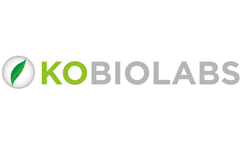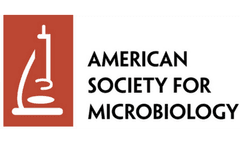Immunoglobulin E Articles & Analysis
3 articles found
Oral administration ofL. paracasei KBL382 significantly reduced AD-associated skin lesions, epidermal thickening, serum levels of immunoglobulin E, and immune cell infiltration.L. paracasei KBL382-treated mice showed decreased production of T helper (Th)1-, Th2-, and Th17-type cytokines, including thymic stromal lymphopoietin, thymus, and activation-regulated ...
Administration of L. fermentum KBL375 significantly decreased dermatitis score, ear and dorsal thickness, and serum immunoglobulin E level in AD-induced mice. Significant reductions in mast cells and eosinophils were discovered in skin tissues from L. fermentum KBL375-treated mice. ...
They correlated positively with both symptom scores and JCPsis-specific immunoglobulin E levels. ...


